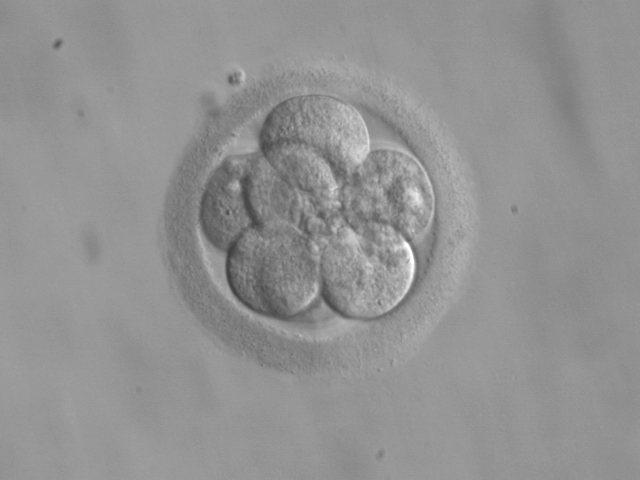CRISPR gene editing moved into new territory in 2017
By Tina Hesman Saey,
ScienceNews
| 12. 13. 2017
Debates about when and how to use the tool in humans take on new urgency
Scientists reported selectively altering genes in viable human embryos for the first time this year. For nearly five years, researchers have been wielding the molecular scissors known as CRISPR/Cas9 to make precise changes in animals’ DNA. But its use in human embryos has more profound implications, researchers and ethicists say.
“We can now literally change our own species,” says Mildred Solomon, a bioethicist and president of the Hastings Center, a bioethics research institute in Garrison, N.Y.
CRISPR/Cas9 is a bacterial immune system (SN: 4/15/17, p. 22) turned into a powerful gene-editing tool. First described in 2012, the editor consists of a DNA-cutting enzyme called Cas9 and a short piece of RNA that guides the enzyme to a specific spot that scientists want to edit. Once the editing machinery reaches its destination, Cas9 cleaves the DNA. Cells can repair the break by gluing the cut ends back together, or by pasting in another piece of DNA. Scientists have developed variations of the editor that...
Related Articles
A Review of Exposed by Becky McClain
“Do not get lost in a sea of despair. Be hopeful, be optimistic. Our struggle is not the struggle of a day, a week, a month, or a year, it is the struggle of a lifetime. Never, ever be afraid to make some noise and get in good trouble, necessary trouble.”
— John Lewis
Becky McClain became famous when she successfully sued Pfizer, one of the very largest pharmaceutical and biotech companies. She...
By staff, Japan Times | 12.04.2025
Japan plans to introduce a ban with penalties on implanting a genome-edited fertilized human egg into the womb of a human or another animal amid concerns over "designer babies."
A government expert panel broadly approved a proposal, including the ban...
By Katherine Long, Ben Foldy, and Lingling Wei, The Wall Street Journal | 12.13.2025
Inside a closed Los Angeles courtroom, something wasn’t right.
Clerks working for family court Judge Amy Pellman were reviewing routine surrogacy petitions when they spotted an unusual pattern: the same name, again and again.
A Chinese billionaire was seeking parental...
By Sarah A. Topol, The New York Times Magazine | 12.14.2025
The women in House 3 rarely had a chance to speak to the women in House 5, but when they did, the things they heard scared them. They didn’t actually know where House 5 was, only that it was huge...




